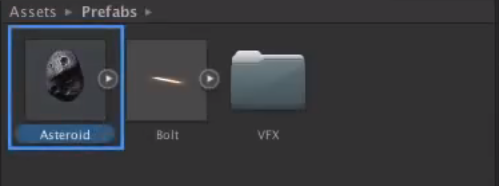About Me
Blog Archive
-
▼
2015
(102)
-
▼
February
(37)
- Dance : A Different Approach to the Colour and Und...
- Dance : Duration, Reflexivity, Perspective and The...
- Dance : Tutorial With Vicky
- Dance : Tests 1
- Dance : Costume and Make - up
- Dance : Final Plan
- Interactivity : Workshop 6
- Dance : Casting Call For Dancers
- Avid : Silent Woods (Post 12 - Exporting)
- Avid : Silent Woods (Post 11 - Bars, Tones and Clo...
- Avid : Silent Woods (Post 10 - Fade To Colour Quic...
- Avid : Silent Woods (Post 9 - Titles)
- Dance : Research into Filming Underwater
- 3D Modelling : Designing my Improved Spaceship
- Avid : Silent Woods (Post 8 - Colour Correction)
- Avid : Silent Woods (Post 7 - Sound)
- Dance : Underwater Dance Videos
- Avid : Silent Woods (Post 6 - Hiding Jump Cuts wit...
- Dance : Completed Pre-Production Work So Far
- Avid : Silent Woods (Post 5 - Rough Edit Complete,...
- Interactivity : Workshop 5
- Interactivity : Workshop 4
- Dance : Alternative to Filming Underwater
- 3D Modelling : Workshop 3
- Avid : Silent Woods (Post 4 - Dual Roller Trim and...
- Dance : Rough Concept
- 3D Modelling : Building A New Spaceship
- Dance : Conceptualising Poem and Ideas
- Dance : Tutorial With Rosie
- Avid : Silent Woods (Post 3)
- Avid : Silent Woods (Post 2)
- Dance : Underwater Works
- 3D : Workshop 2
- Avid : Silent Woods (Post 1 - Opening Project and ...
- Dance : Tutorial With Rachel
- Fields and Frames : Workshop 2
- Professional Toolkit : Interactivity Workshop 3
-
▼
February
(37)
Popular Posts
-
My Role Experience For me, as an editor, the production stage was a lot about observing the footage in real time in order to understand...
-
The piece's focus is of the movements associated with anxiety, and therefore I want a lot of close ups of hands, feet etc to show this....
-
How anxiety displays itself between person to person is very different - panic attacks can occur out of nowhere or certain thoughts or even...
-
Wreck It Ralph (2012) Wreck it Ralph was one of my immediate thoughts when thinking about the landscape for the project. I like the use...
-
This section of the set took the most time and effort to complete, as it required a lot of measuring and working out angles etc. so this bl...
-
After discussing our previous updated idea with Rosie, we concluded that we should return to our original idea as we were trying to over co...
-
Before production could properly get underway, we spent about 5 days preparing and building the cafe that would be our set, aiming to look s...
-
Feedback Think about how the vines and branches relate to anxiety, what we want to say with them and how to incorporate them into...
-
Mollie, Katherine and I had a tutorial with Vicky to discuss our idea further and get more advice on where to take the project. The main que...
-
Due to the hot conditions of our room during the stop motion shoot it meant our character and set would often melt, and time had to be spen...



































































